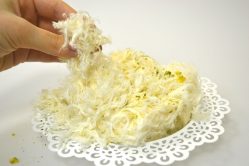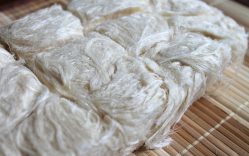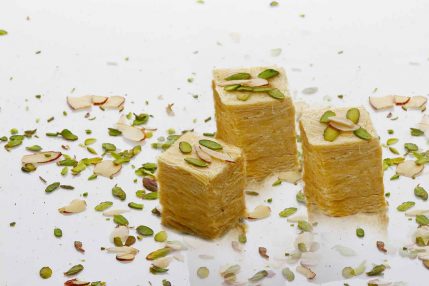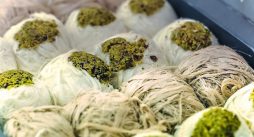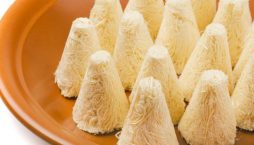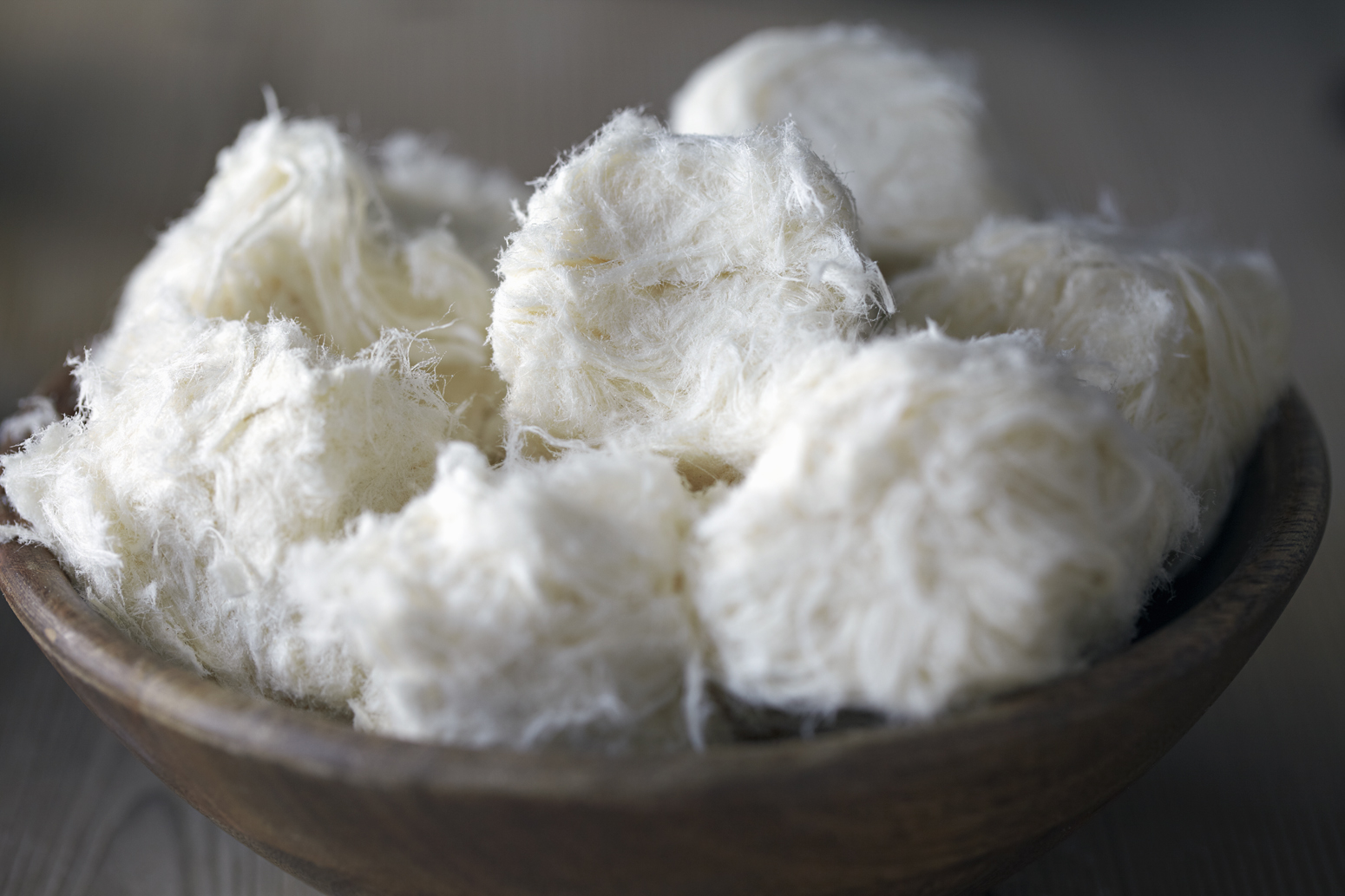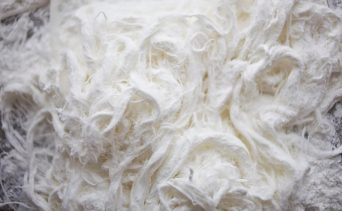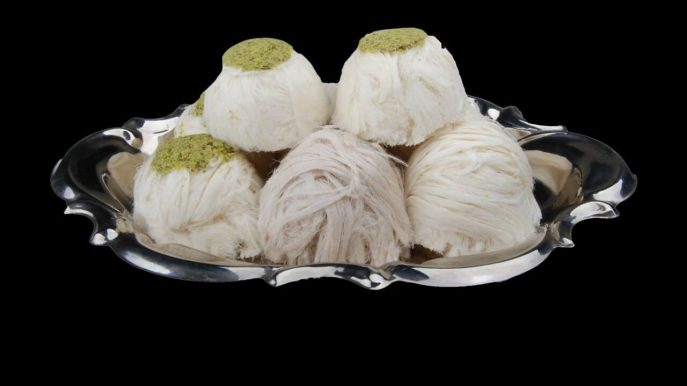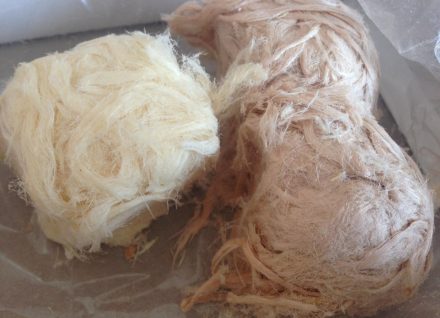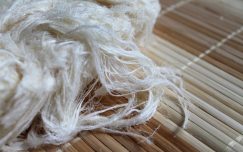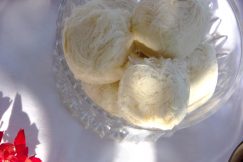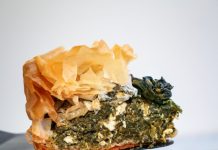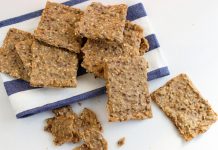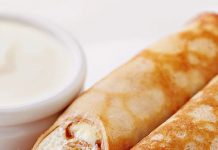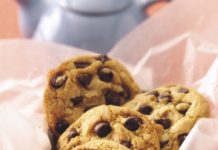The oriental delicacy known to the sweet tooth, Turkish halva, is completely unlike a Russian dessert made from sunflower seeds. Let's try to figure out together what the difference is, how to make writing at home.
Material Content:
What Turkish halva is made of
This sweetness resembles a cross between halva and cotton candy. In appearance, it looks like a skein of fine yarn. It is made from sugar syrup with citric acid and fried flour. Some recipes add nuts, cocoa, pistachios, sesame seeds, vanilla.
Turkish halva with fibers collected in small “skeins” is sold in stores around the world, packed in plastic boxes. It is prepared in confectionery factories, where the process is almost completely automated. Once upon a time, sweets were made at home, with the whole family gathered around a large table. To make thin sugar strands, the sugar mass was kneaded for a long time, pouring with toasted flour.
There is a similar dessert in China. His recipe includes corn syrup, peanuts, coconut, sesame and rice flour. In appearance, the Chinese halva, which is called the "dragon beard", is no different from the Turkish writing.
Varieties of airy goodies
Halva writing exists in several national cuisines. Varieties of this sweetness in appearance, like cotton candy, are prepared by Tatars, Indians, Iranians, Chinese, Koreans. Depending on the country where the treat is made, its name changes. The recipe may also vary slightly.
Varieties of air halva:
- talkysh-kaleve (Tatarstan) - sweet sawdust in the form of an inverted stack, the consistency is more dense than cotton candy;
- soan-papdi (India) - the cubic-shaped dessert has a slightly crispy structure;
- writing (Turkey) - halva from flour and sweet syrup resembles a ball of fine threads;
- pashmak (Iran) - similar to Turkish halva;
- dragon's beard (China) - in appearance resembles writing, only put sweet filling inside, and also eat immediately after cooking;
- kkul-tarae (Korea) - air halva from syrup and flour, the name in translation means "honey ball".
Sometimes semolina is used instead of flour. Various types of writing are easily found on shelves in Turkish shops.
Calorie content and BJU product
Turkish air halva is a high-calorie product. 100 g of sweet contains 455 kcal.
Composition (BJU) writing:
- proteins - 3 g;
- carbohydrates - 83 g;
- fats - 12 g.
The dessert contains “fast” carbohydrates, which have a high glycemic index. Sunflower, peanut and tahini halva are also high in calories, but more nutritious. These foods have a lot of proteins, fats, vitamins and trace elements.
The benefits and harms of dessert pismane
The flour, which is part of the sweets, contains a small amount of vitamins and mineral elements necessary for the body. Writing is primarily a sweet that contains a lot of carbohydrates. After its use, the amount of glucose in the blood rises sharply. Therefore, those who suffer from diabetes or obesity should refrain from Turkish halva.
The benefit of drinking is to quickly fill the body's energy needs. A large intake of glucose in the blood causes a temporary improvement in mood and simulates the functioning of the brain.
How to make halva do it yourself
Currently, Turkish halva is prepared at centralized enterprises in Turkey. In Russia, it is sold quite rarely. You can try to cook this oriental dessert yourself at home.
Writing Recipe
Products:
- flour - 2 tbsp .;
- sugar - 200 g;
- water - 100 ml;
- citric acid - 1/4 tsp
Cooking:
- Syrup is made from water and sugar with the addition of citric acid. Boil it until thick so that the drop does not spread over the saucer.
- In a pan, fry the flour over low heat, stirring constantly. It should acquire a light cream shade and a pleasant nutty flavor.
- Cool the syrup and flour.
- Spread the syrup on a silicone mat and begin to knead until a plastic brownish mass is obtained.
- The sausage is pulled from the sugar mass, combined in a ring, placed in flour.
- They begin to pull out the ring and fold again, sprinkling each layer with flour until a lot of sugar threads resembling cotton candy are obtained, only denser in consistency.
Writing is ready, it is divided into small parts and put on a dish. Halva with pistachios is made according to a similar recipe. Only at the end do the pieces of writing sprinkle with chopped pistachio nuts.
To cook Turkish halva at home, you need patience. No wonder they used to make a big vat of syrup and make dessert for the whole family. It was interesting and fun.



